The drumbeat of Cuba is growing, like the salsa rhythms that seem part of the Cuban DNA. No visit to the island is complete without witnessing locals from ages 2 to 92 getting their dance groove on, which can happen everywhere from clubs to impromptu street parties to the teeming beaches just outside of Havana — much to the chagrin of visiting teens from more inhibited parts of the world.
Cuba is poised for dramatic change, already underway with increasing openness and easing travel restrictions for Americans (see note at end). It’s an exciting and hopeful time to visit, even as the tourist infrastructure is strained and concerns about human rights and freedom of expression persist. A record-breaking three million tourists traveled to Cuba in 2015, with Cubans warmly greeting “Americanos” as “Obamanos” in the wake of the President’s high-profile visit in March.
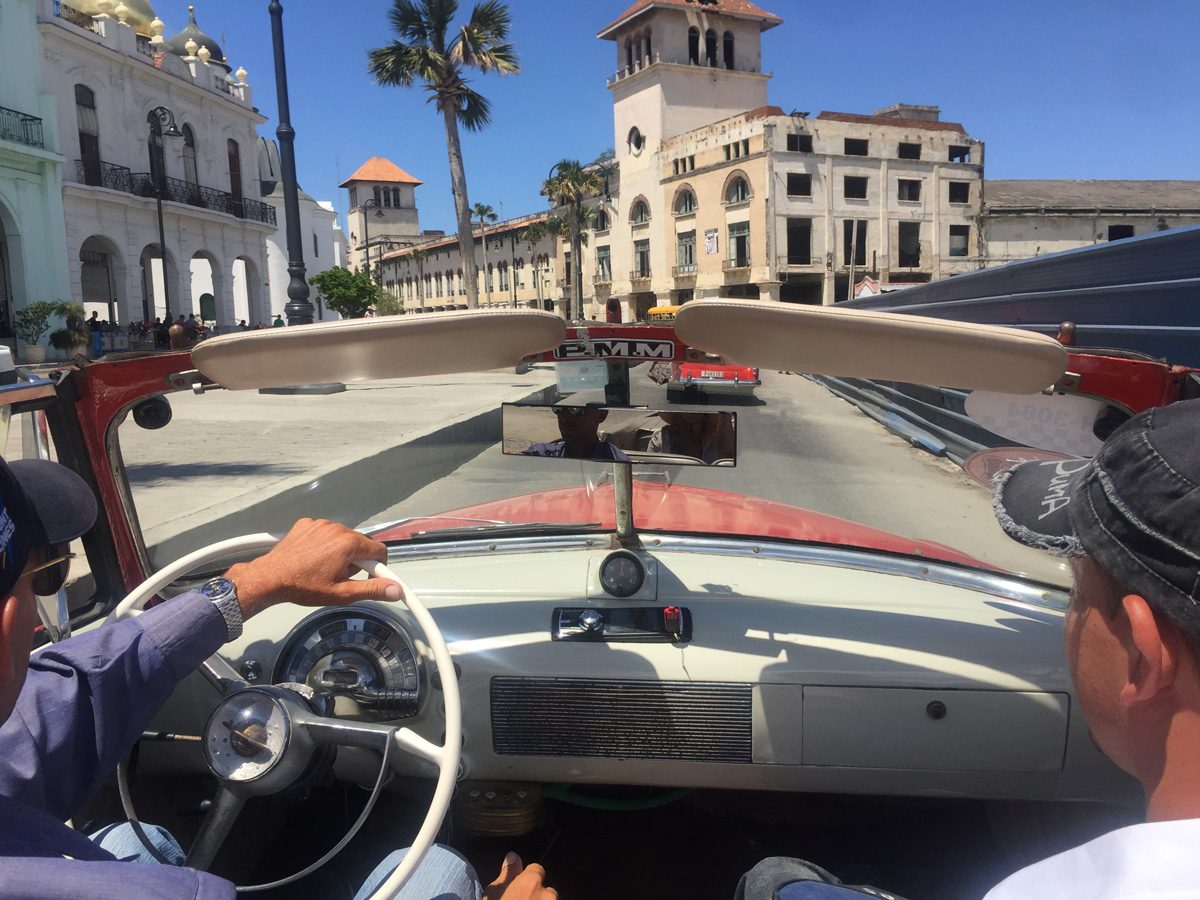
Essential Tips for Travel to Cuba with Kids
Unprecedented Opportunity
For families with older kids, travel to Cuba is a first-in-a-generation opportunity to explore a storied, taboo and complex Latin American culture, and to spark a deeper dialogue about politics, economics and history. It’s also a great place for families to hone their Spanish, as English isn’t as widespread as in other more touristed destinations in Latin America.
The conversation starters are endless. Just be sure to follow the lead of Cubans in broaching sensitive subjects: billboards of Uncle Sam being punched; the near-complete absence of Internet access; enduring privation after decades of restrictive socialist rule and economic embargo; the lack of crime and homelessness; a confusing dual-currency system of convertible “CUCs” and non-convertible “CUPs”; reminders of ties to Moscow in Soviet realist art, concrete-block apartments and Russian last names; the ubiquitous images of anti-American revolutionary heroes like Che Guevara hanging from the rearview mirrors of equally ubiquitous 1950s-era American cars; the noticeable racial integration in the Cuban identity.
Perhaps most of all, Cuba leaves visitors with a sense of the residents’ deep national pride and spirit of exceptionalism that feels so familiar to Americans — a similarity that may have contributed to the decades-long standoff between the two countries, but may also be a basis for mutual understanding in the future.

Lively Heritage Cities
Three of the most visited cities in Cuba — Havana, Trinidad and Cienfuegos — are architectural stunners with UNESCO World Heritage designation. Pedestrian-friendly, safe and crime-free, they invite families to amble and discover day and night, in good company with Cubans who still spend their leisure time in city parks and streets (remember those pre-Internet days?).
These cities contain thousands of arresting, gorgeous historic buildings from the Spanish colonial era and later. Some have been restored and some are victims of recent, hasty renovation as homes or B&Bs, but even more are literally crumbling to the ground due to lack of resources for repair. Glimpses and sounds of modern daily life filter out of buildings that would be abandoned in any other city. Kids may not appreciate the details of the faded grandeur — ornate cornices, elaborate tiled floors, decorative iron grillwork, vibrant Caribbean hues — but they will tune into the moldering beauty that is part dystopia and part gritty, haunting glamour.
Discreetly peer into front doors and windows that are usually open to welcome in a cool breeze or a passing neighbor for a cup of Cuban coffee, which seems to have outstripped the cigar as a daily staple of Cuban social life. Make eye contact and say “hola” to locals sitting on their stoops and the greeting will be warmly returned. Play a game of pickup soccer in the street with the neighborhood kids.
Ready to plan a family vacation to Cuba?
Our Family Vacation Advisors can help you get started. Click to send us a request >
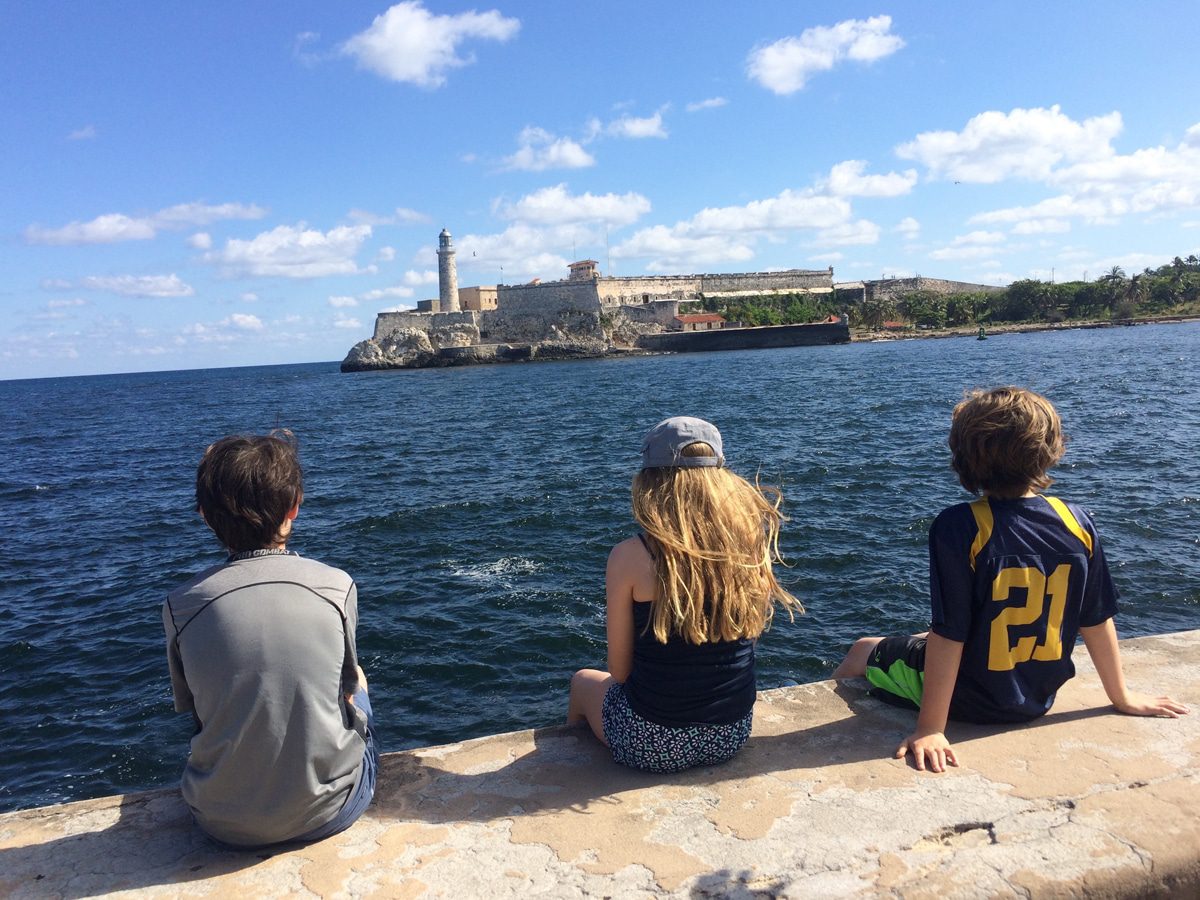
Dash like a local across four lanes of traffic, peppered with vintage American cars, to perch on the sea wall on the Malecon. Take a ride in one of the vintage cars, and learn about the loving lengths owners go to to find parts and keep the cars running. Be friendly but wary of the usually innocent hustlers known as jiniteros.
Stop into an old-school barbershop for a trim, or visit the playground-cum-hair salon in Habana Vieja, Barbeparque. Listen to the singsong of hawkers pushing carts down the street, and watch upper-story residents lower baskets on ropes from their windows to retrieve their purchases. Stop in at any number of public plazas and open-air restaurants to sample the many styles of Cuban music, even if most performances are tailored for tourist ears.
All along, mind the unmarked potholes, and trenches, rubble and fetid water may need dodging. And keep a flashlight or headlamp handy at night in case of the frequent blackouts. What a spectacle to roam a dark urban landscape with headlamps like modern-day Cyclops!
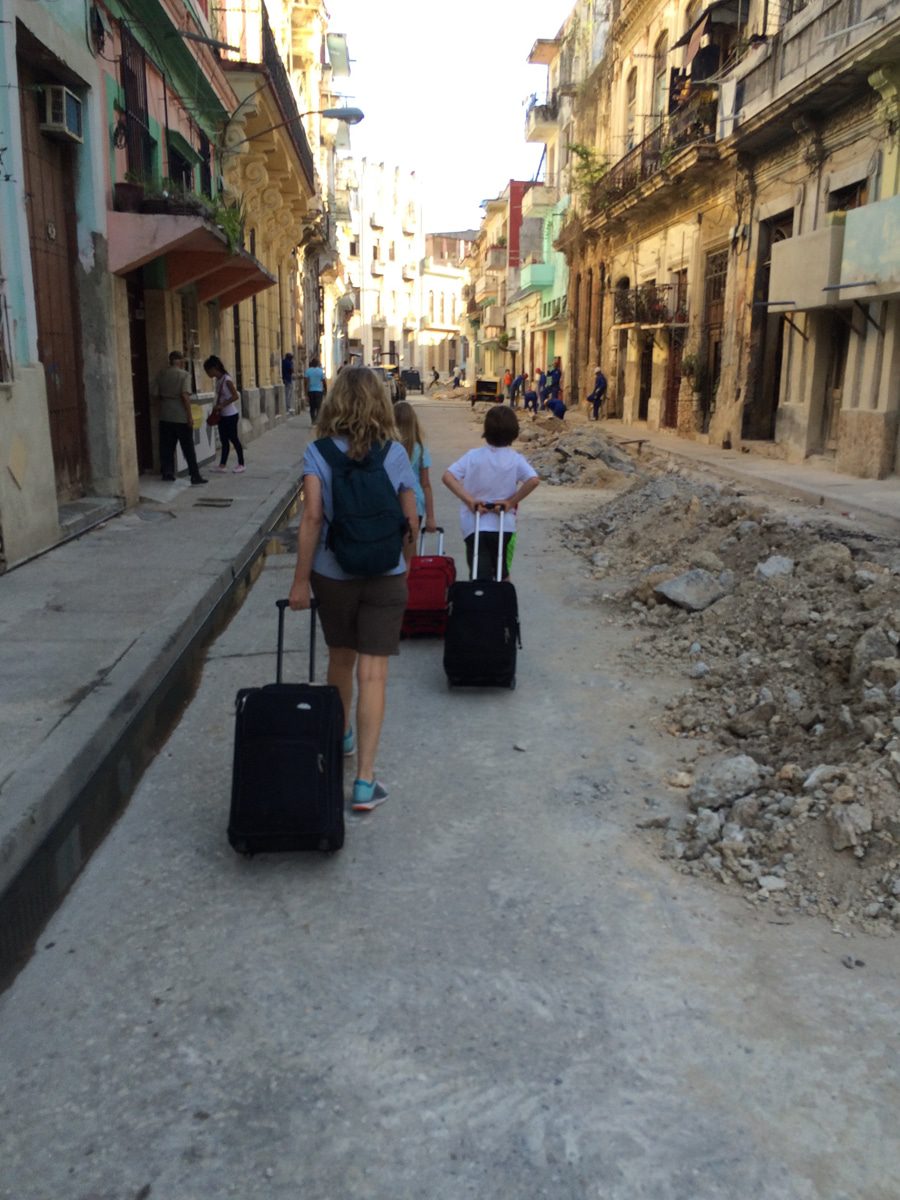
Hospitality, Cuban Style
The growth in tourism has led to a veritable gold rush in lodging, with new options coming on line to meet the demand. The hotels in Cuba are state-run and have a reputation for being dated, musty and uncomfortable, though times are changing. Staying in privately owned B&Bs, known as casas particulares, is the best way to embed yourselves in a neighborhood, get to know Cubans and get a taste of the faded architectural grandeur up close.
Many newer casas have added rooms by chopping up grand buildings with narrow, steep staircases and low ceilings, but sometimes offer better amenities than older, more gracious ones. Casas are often managed by neighborhood coordinators who farm out reservations, but savvy hosts are posting directly on sites like Airbnb, with photos and details available to help travelers choose whether 15-foot ceilings or updated bathrooms suit them best.
Stay in the same casa for multiple nights. Leave time to simply sit in the common area, chat with the hosts (in whatever Spanglish is available to everyone), meet neighbors who stop by and watch life unfold outside the open door. Choose a casa owned by a family, giving kids the chance to meet Cuban peers. Pay the supplement (usually 7 CUC per person) to have breakfast at the casa and enjoy the trademark platter of guava, papaya and pineapple that accompanies the eggs. Dine with the hosts for lunch or dinner if possible, an expectation in most casas outside Havana.
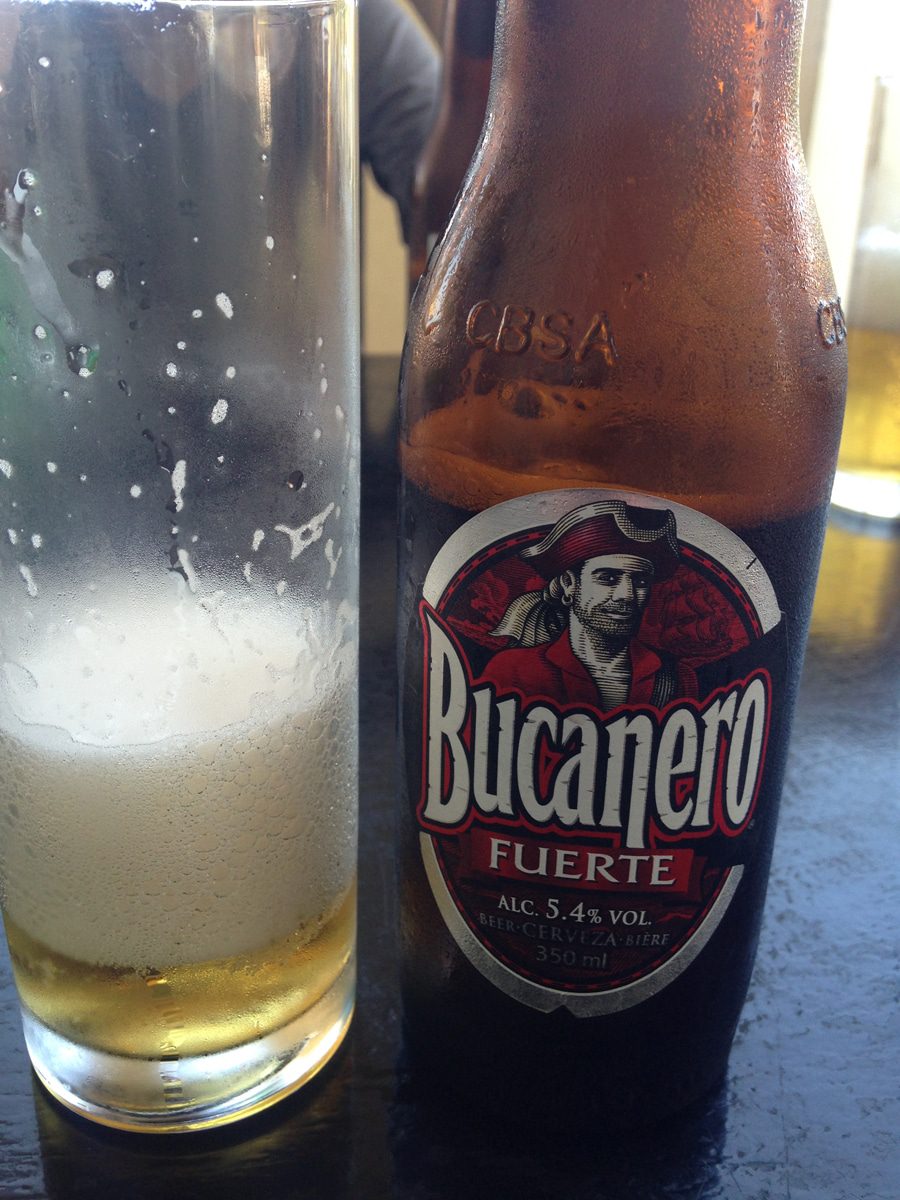
Moros and Congri
Cuban restaurants fall into two categories: long-running state-owned establishments and the new, explosively growing sector of private paladares. Restaurants are expensive in Cuban terms and mostly cater to tourists, commonly offering delicacies like local lobster, shrimp and snapper, which ironically are only affordable to many locals on the black market. The classic Cuban specialities like ropa vieja (braised beef or lamb), boliche (beef roast with chorizo), fried plantains, yucca con mojo (a native root vegetable in citrus sauce), and rum-based drinks carry echoes of Spanish, African and Taino ancestors.
The recent decades of economic privation and rationed food supplies have narrowed the Cuban diet to fewer, simpler dishes revolving around rice, beans, chicken, pork and eggs. As it happens, Cubans make heavenly rice and beans, whether cooked separately in the Spanish tradition called moros y cristianos or combined in the African tradition called congri, and these are often the most delicious and affordable choices on a Cuban menu, not to mention the most kid-friendly.
Order rice and beans at every chance. If possible, dine with hosts at a casa particulare to sample family recipes like pillowy tamales and their rendition of chicken or pumpkin soup. Look for paladares and restaurants that show prices in CUCs and CUPs as a way to tap into the truly local vibe.
Don’t drink warm mojitos; the ice at any tourist-friendly establishment should be safe. Do drink an ice-cold Bucanero, Cuba’s national beer. Take the kids to Coppelia, the landmark temple to ice cream in Havana, but more for the local color you’ll find in the CUP-denominated queue, not for the overpriced helado served on the tourist side.
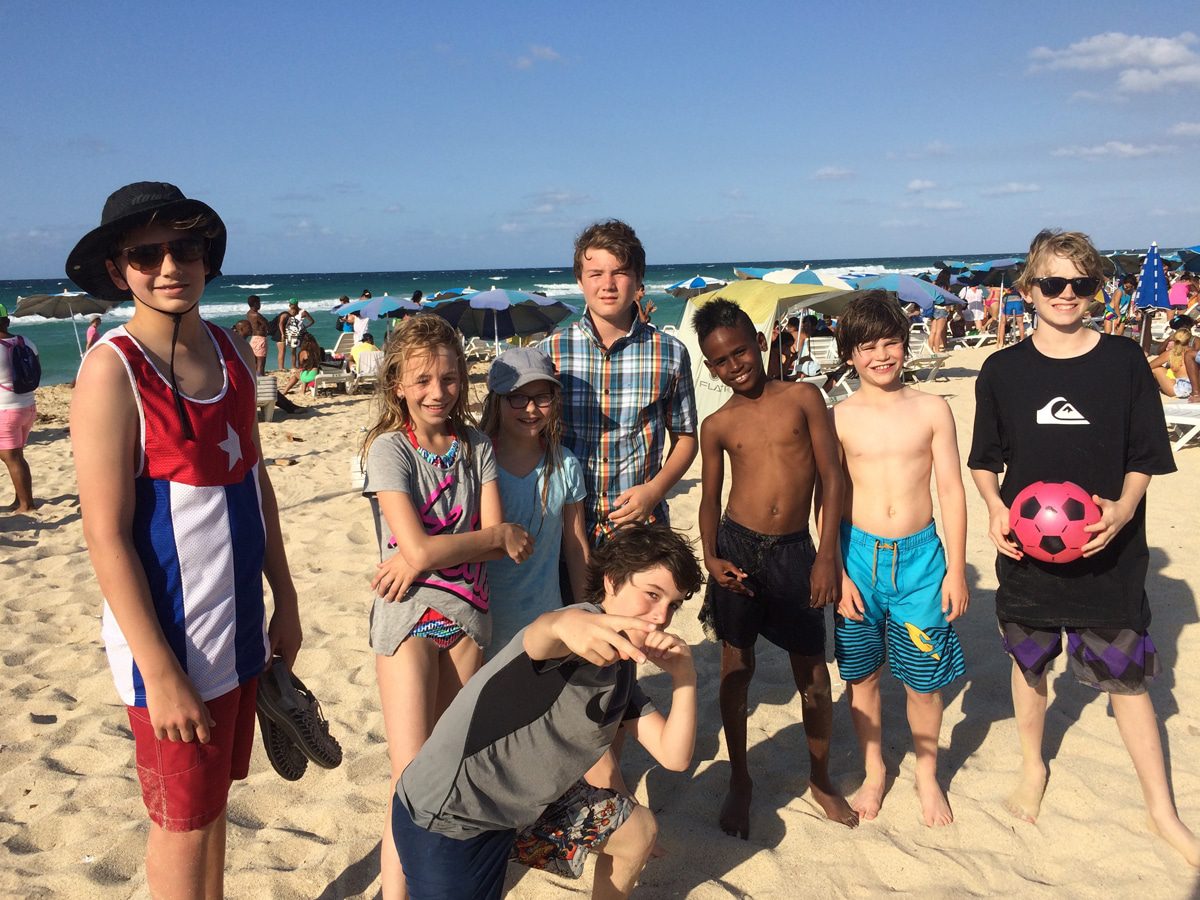
Cayos and Coffee
In this narrow island nation, the coast is never too far away. And the limited economic development equates to minimal urban sprawl and ample green, open spaces, albeit with uneven services and infrastructure.
Consider a daylong catamaran excursion to an offshore Caribbean island like Cayo Leguano — the namesake iguanas and tree rodents called hutias are sure to thrill kids. Visit a beach that suits your taste: the Caribbean white sands and turquoise waters, the Atlantic waves, or the reefs and bays for snorkeling. Know that the beaches just east of Havana pulse with humanity on the weekends, and offer a great slice of cultural life if not relaxation.
Hike in one of the many national parks or biospheres, such as the Topes Collantes or Valle de Vinales, to catch glimpses of Cuba’s national bird, the tocorroco; scramble up small streams and waterfalls; or learn about native vegetation. In an example of the frequent mismatch between education and economic opportunity in Cuba, some government tour guides have PhDs in botany and can share worlds of knowledge about local flora while hiking slippery paths in dress shoes (for lack of availability of proper hiking boots).
Visit a farm to learn about Cuba’s cultivation of coffee, tobacco and model organic/ecological farming practices, catalyzed by lack of purchasing power for pesticides and fertilizers following the fall of the Soviet Union. Similarly, learn how native botanicals form the basis for a significant market for locally-made “green” remedies, strongly promoted by the Cuban government given shortages of imported pharmaceuticals.
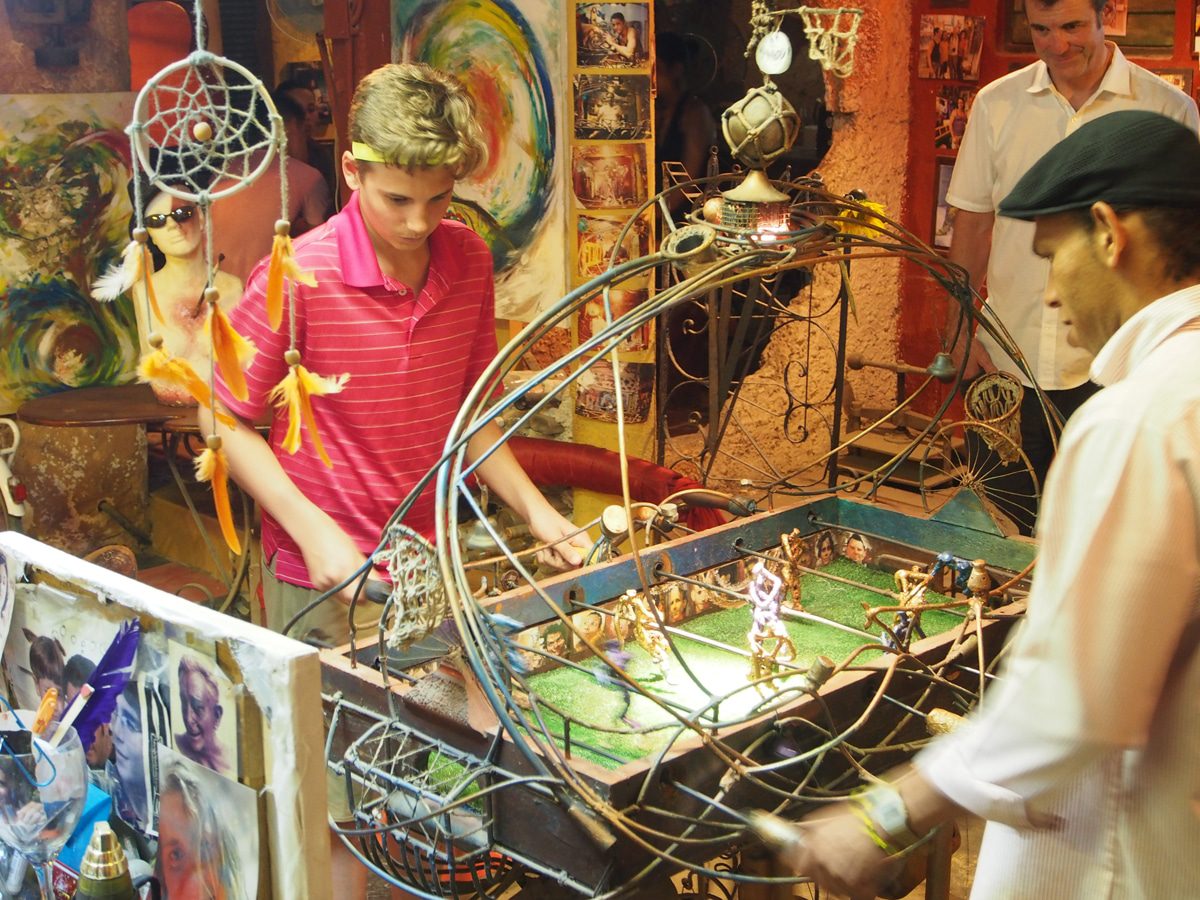
Top Picks for Families
Havana
• People-watch on the seawall known as the Malecon.
• Visit eclectic hands-on art gallery El Ojo de Ciclon (O’Reilly 501).
• Spend a Sunday afternoon at Callejon de Hamel, the drum- and folk-art-infused celebration of Afro-Cuban culture.
• Relax on the roof deck at elegant paladar La Guarida.
• See the evening cannon-firing ceremony at the 18th-century fort on the harbor.
• Visit the Museo de la Revolucion, housed in the former presidential palace and complete with revolutionary bullet holes in the marble walls.
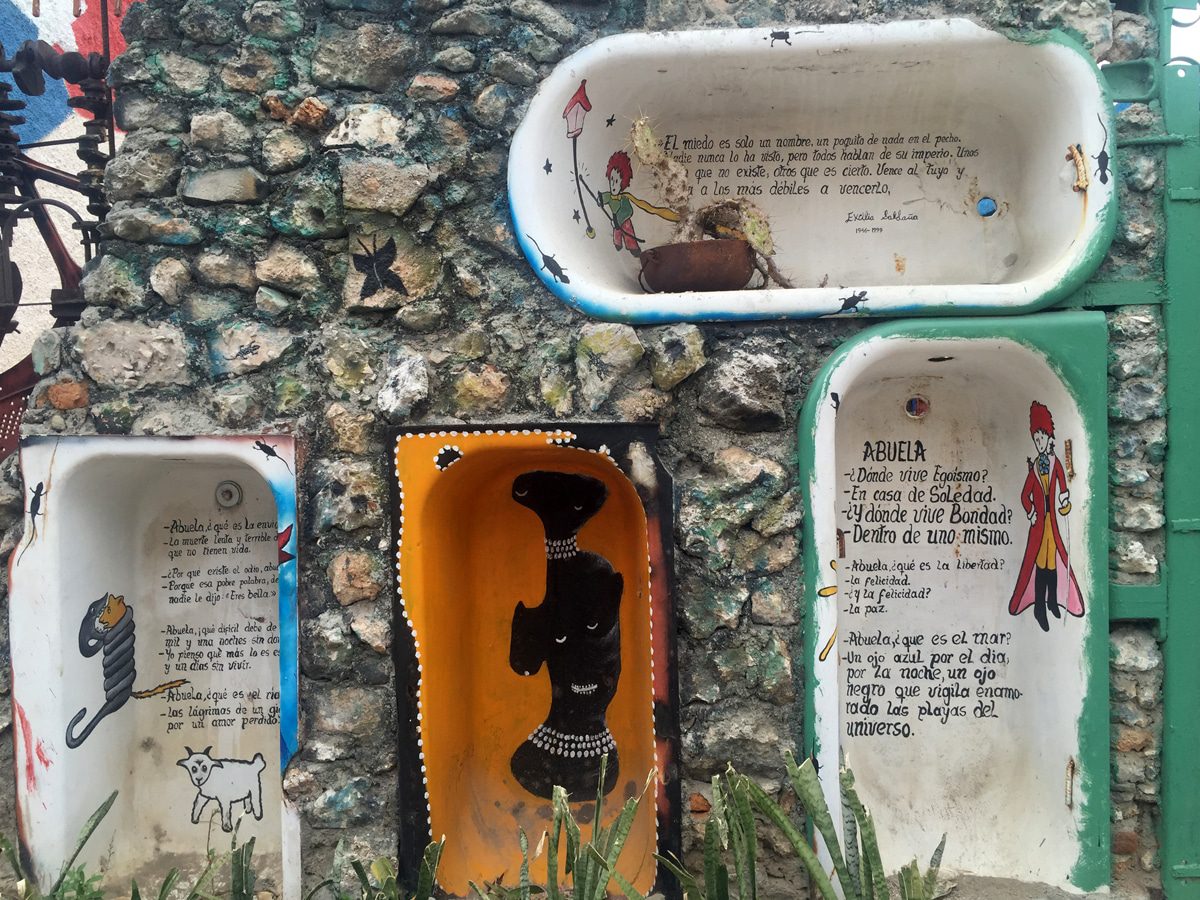
Trinidad
• Savor an icy honey-rum-lemon canchanchara cocktail, served in homey earthenware cups at Taberna La Canchanchara, while the kids play in the nearby colonial square.
• Sip mojitos (with or without rum) while enjoying the music at the open-air Casa de la Musica just off the main plaza, or perch on the steps nearby if the throng of tourists is too much to bear.
• Arrange a tour of the Topes Collantes park that includes a drive on a Russian truck, a holdover from the once-close relations between the Soviet Union and Cuba.
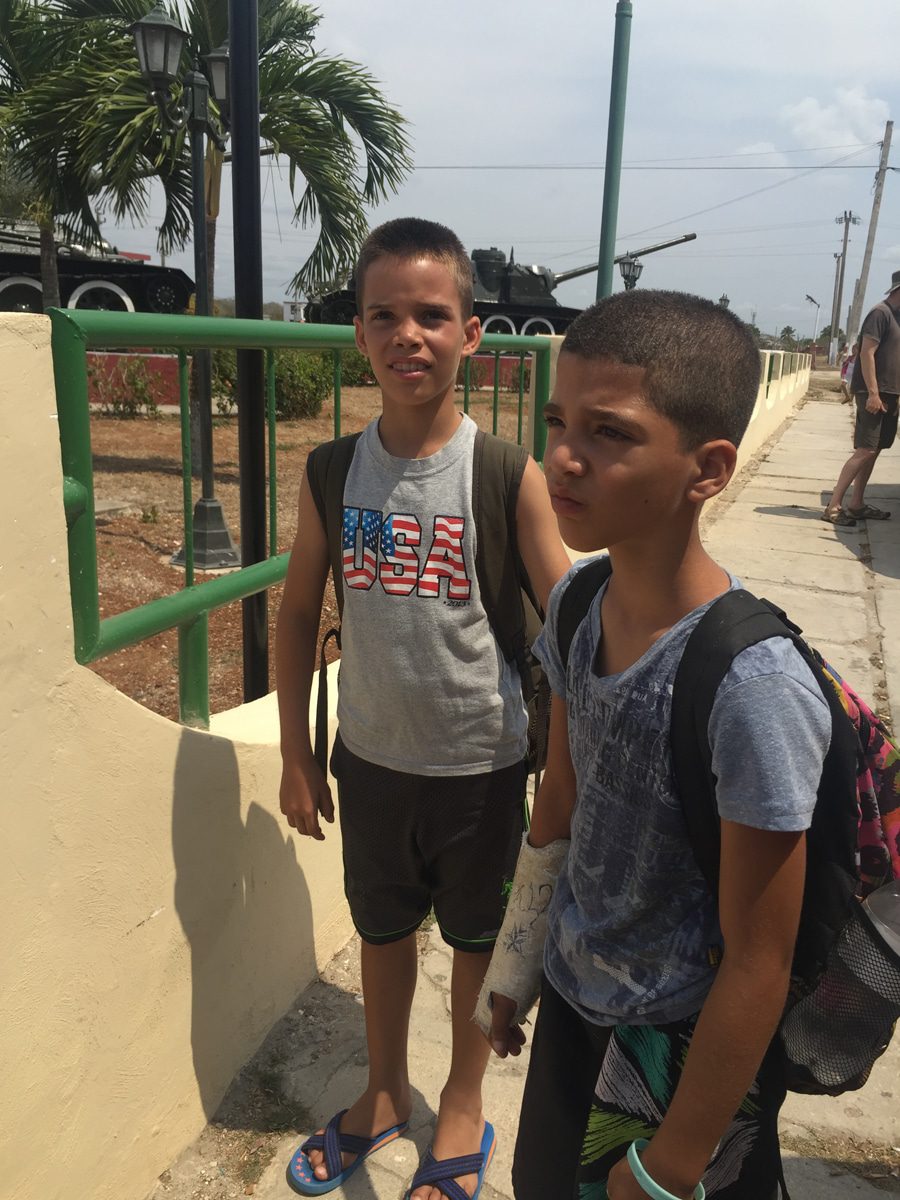
Cienfuegos
• Visit Playa Giron Museum at the Bay of Pigs, chronicling the Cuban victory in the high-profile failed CIA invasion.
• Watch the sunset over the 270-degree bay view at the rooftop bar of the Hotel La Union, and enjoy the eerie throwback ambience complete with Rat Pack soundtrack.
• Roam the streets, parks and Paseo del Prado, the pedestrian-only Avenida 54. Visit with locals in this friendly and prosperous university town
NOTE: As of June 2016, the U.S. government allows authorized travel under 12 categories using a general license (travelers can certify that the trip meets the criteria) for travel to Cuba that previously required a specific license (i.e. an application and a case-by-case determination). See the State Department and Treasury Department websites for details.
Raising global citizens through travel
Why visiting new countries is one of the best character-building and educational opportunities for children in today’s changing world >
Relevant Links:
Browse all family-friendly hotels and things to do in the Caribbean on Ciao Bambino
Essential tips for a Caribbean family vacation
Editor’s Note: Photos by Susan Miller-Davis except where noted.
Start a Discussion
2 CommentsSign In
Want to save all the great intel and tips you are finding on Ciao Bambino? My Trip Planner allows you to bookmark articles, family-friendly hotel reviews, and family vacation packages. Simply click the heart icon on anything you want to save. Site registration is required to get started. Happy planning!
Create an Account
Please fillout the form below to create your free My Trip Planner account.



 travel recommendations, inspiring adventures, and exclusive travel offers
travel recommendations, inspiring adventures, and exclusive travel offers 
We just returned from a trip to Cuba. It’s safe and friendly all the way like you mention also for the children. We focused on many activities the children can experience and traveled from Havana to Cienfuegos, El Nicho, Trinidad and Varadero. It was fun for the whole family without any incidents.